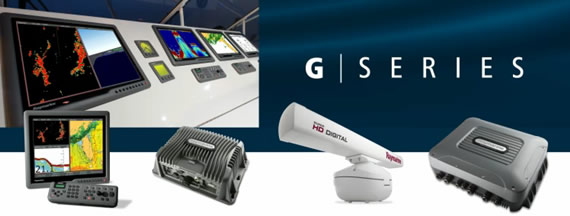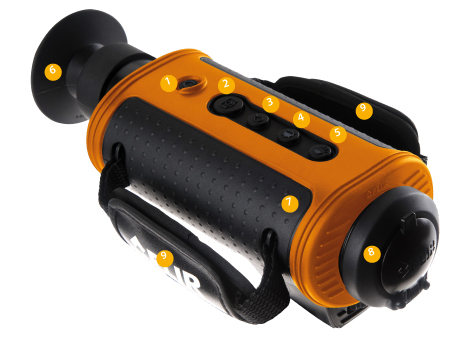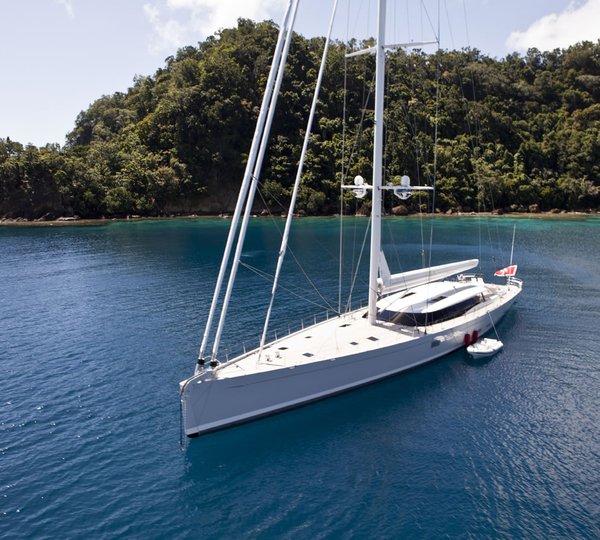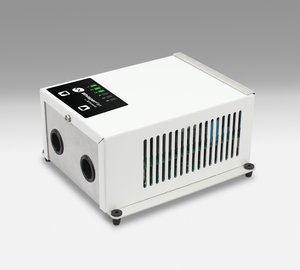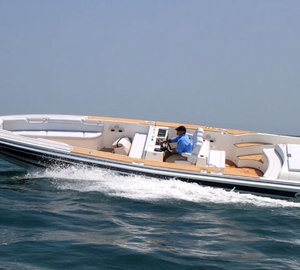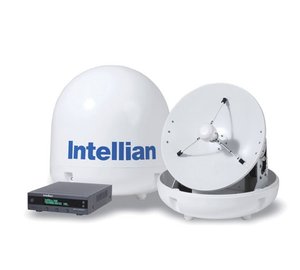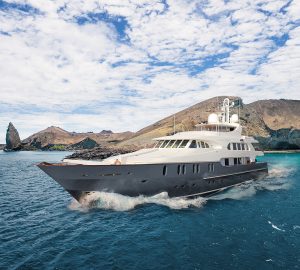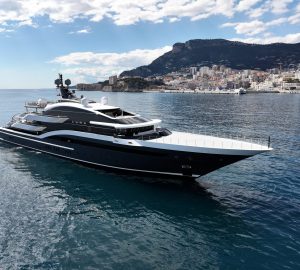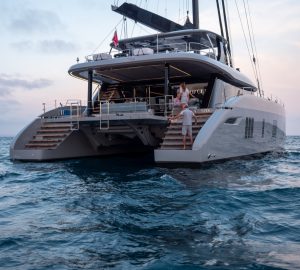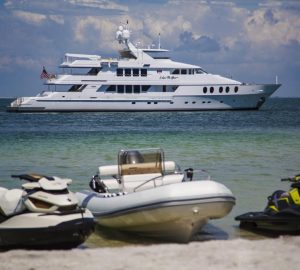A marine electronics expert in New Zealand is predicting that thermal imaging could soon become more important to recreational boaties than radar.
Cameron Burch, Raymarine product manager at major marine importer and distributor Lusty and Blundell Ltd, says thermal imaging not only has many advantages over radar, it is also becoming both more compact and more affordable.
“At the moment, Kiwis’ first choice of marine electronics is a VHF radio, followed by a depth sounder or fishfinder,” he says. “Their next choice tends to be a GPS chartplotter, followed by a radar and then ‘extras’ such as autopilots, thermal imaging or underwater cameras.
“We believe that is about to change and thermal imaging units will soon be preferred on a wide range of recreational boats, from mid-sized trailer boats up.”
Burch says thermal imaging offers real benefits for recreational boaties.
“While radar only shows that there is something out there, thermal imaging shows exactly what it is that’s there. It is great for picking up kayakers, jetskis, people in the water, partly submerged logs and even craypots and longline floats.
“Thermal imaging also clearly shows breaking waves and the difference between water and land, making it ideal when crossing a bar late at night or in poor visibility, or when navigating in confined waterways such as rivers, estuaries or marinas.”
Burch says that one of the advantages of thermal imaging units is that they are easy to install and to interface with many of the multi-function devices (such as Raymarine’s C, E, and G Series displays) now found on large and mid-sized trailerboats, yachts and launches.
“All you need is a thermal imaging camera, a video cable, a power source and either a MFD with a composite video input or a separate display screen,” he says.
Objects usually show as “while hot” images on the screen (somewhat like an old black and white negative) with heat signatures showing as white against a grey background. However, owners can also choose from a variety of other colour schemes, depending on the ambient light or their own preferences.
“It is like having a really powerful set of headlights, without any of the disadvantages,” says Burch. “There, is for example, no effect on the skipper’s night vision, nor on that of any other boats in the vicinity.
“What’s more, even entry level thermal imaging cameras will display objects up to two nautical miles away, while the top of the range models can ‘see’ right to the horizon.”
Burch says thermal imaging cameras are now being installed as standard in several leading automobile brands.
“Because they have a greater range forward than the headlights (even those on full beam) they provide an extra level of safety, especially in areas where deer or other animals wander onto the road at night.
“We expect that something similar will happen in the marine market with leading manufacturers installing a thermal imaging camera as part of a comprehensive electronics package that also includes a GPS chartplotter and a digital depth sounder.”
He says he also expects to see more existing boat owners adding a thermal imaging camera to their on-board arsenal.
“These cameras used to cost more than $15,000. Now they are just $5000-$6000. They are also very easy to retrofit and, if the boat has a display with a composite video input, the thermal images can appear as part of a split screen, alongside the chartplotter or sounder, or as a full screen display.
“Alternatively, owners can simply connect the camera to a separate, relatively inexpensive, stand alone display screen.”
Both fixed thermal cameras and more sophisticated models, able to pan, tilt and zoom on command, are currently available.
“Future models may become even more intelligent,” says Burch. “They may well be able to automatically identify debris, swimmers and other objects and alert the skipper to their presence.”
Burch says modern thermal cameras are like having another pair of eyes on board.
“They are like very powerful, see-in-the-dark eyes that allow us to safely spend more time on the water, staying out later in summer and making the most of the short winter days.”
Also, FLIR Systems markets a full range of thermal imaging cameras for the most demanding marine applications. Our thermal imaging cameras are rapidly finding their way to pleasure craft and yachts, commercial vessels, work boats, fishing boats, cruise ships and many other types of vessels.

